Mind the printers: How to close the security gap
Ever wondered how a hacker would exploit the printers on your network? We asked one to find out

The lowly printer, oft maligned by operators and users alike, is the target of a wide array of attacks from hackers. The principle objective of a printer attack is, ostensibly, the information flowing through the device, but multi-function printers and larger network printers offer a variety of other tantalising morsels for the creative hacker.
It's never been more important to pay attention to printer security - failing to do so could put your company at risk of a serious data breach. Printers are such an appealing target because whilst businesses may spend a fortune on server security, printers are barely given a second thought.
But before looking at how to close this vital security gap, it's essential to understand the types of attack levelled at printers.
What makes a printer vulnerable
There are three components of these systems that can be attacked: the operating system driver, the management tools and the printer's software.
The operating system driver is a bit of code that users are typically unaware of because it exists to provide an interface between the computer's print spooler (the bits that handle print jobs) and the physical printer.
This driver is loaded when the computer boots and, as with any other software, may contain exploits (particularly in older models). The result of such an attack is most likely the escalation of local user privileges or the execution of arbitrary code on the PC itself, as opposed to on the printer.
Anyone who has added a printer to their PC has no doubt installed a wide variety of third party or vendor-provided applications with which to manage it. This software is typically installed as part of the printer setup, configured to run at system boot time, and seldom updated.
Like their more complex cousin, the print driver, an attack against these tools would most likely result in either a local privilege escalation or an execution of arbitrary code on the local machine, as opposed to any control of the printer itself. Read here for HP's analysis of threats to your printer.
Printer security: The new IT imperative' explores this topic in more detail. Download now to learn more.
How hackers will attack your printer
There are four primary ways to attack the printer: the web-based administrative interface (WebUI), SMTP, FTP and SNMP. Note that none of these routes of attack need the hacker to be physically present.
The WebUI of many printers is often a first stop for anyone attacking a printer. Any compromise of the WebUI, whether through brute-forcing credentials, or via some exploit, gives an attacker the ability to control any configurable feature of the printer.
What are managed print services? 13 steps to secure your business printers
Often, an attacker will use this access to enable features -- such as queue retention policies and FTP access -- so they can return later, recover sensitive print jobs and parse them for sensitive information. Attacking the WebUI is akin to kicking in the front door of a house you intend to burglarise: effective, but not so subtle.
Sending spam through a printer may not sound like a plausible scenario, but thanks to the ability of many network printers to send and receive emails, this is very much a possibility. This stems from the fact that the printer itself can't send email, but rather requires access to the company mail server.
Unfortunately, a great many administrators will simply allow printers to send emails through the corporate mail server without authentication, making the printer an excellent source for emails. Worse, emails originating from these hosts are great for internal phishing attacks because they may genuinely appear to be a scan.
SMTP, FTP and SNMP

Many enterprise-class printers also support management and monitoring via the Simple Network Management Protocol (SNMP). While SNMP is most commonly used to track ink or toner levels and the number of pages printed, it can also be used to alter the configuration of printers -- provided an attacker can gain access to the printer's read-write community string and/or authentication credentials.
There are three different versions of SNMP, each of which has its own method for authentication: SNMPv1, SNMPv2c and SNMPv3. SNMPv1 and v2c require a simple "community" string, such as a pre-shared passphrase used to identify authenticated devices.
SNMPv3, on the other hand, requires a community string as well as an encrypted username and password pair for authentication. Unfortunately for enterprises, the overwhelming majority of devices are configured to use SNMPv2c, which excludes the proposed security enhancements of the base SNMPv2.
The end result is that once an attacker is on the network, it's a trivial matter to sniff out the SNMP community string and to then use that string to perform configuration modifications to enterprise-ready network printers or multi-function devices.
Protect against attack
In the end, the attack surface of a network printer is quite a bit larger than you might have previously understood. So how do you secure these fixtures of the modern office?
The most effective strategy begins with understanding the workflows that use the printers. This allows you to isolate the devices on the network to a separate VLAN while restricting what traffic is allowed to traverse it. Finally, keep print drivers and management software up to date.
Understanding the workflows around any given printer insures that the measures you take to secure it don't negatively impact the business. Isolating printers on their own VLAN ensures that you're able to control the flow of network traffic to and from that segment of the network easily.
Keeping print drivers and management software up to date ensures that local machines aren't victims to malicious code that targets the software supporting our printers. Some printers have options to disable remote firmware updates or firmware updates sent as print jobs. This can make rolling out firmware updates a bigger job, but it's still a good idea if your printer doesn't have additional security measures to prevent the installation of malicious firmware.
Print security should be a priority for every business, but all too often it's ignored. Learn how to avoid printer security breaches in this whitepaper.
The HP factor
It's also worth noting that HP's latest round of laser printers, the M500 series, introduced three key hardware and software features to protect against attack. Indeed, two of the three features can be incorporated into older HP printers through firmware updates. See the link for a full list of printers covered.
The one security feature that won't be available to older machines is HP Sure Start, which depends on a "golden" BIOS that's separate to the printer's active BIOS. If, at the time of booting, the printer detects its BIOS has been compromised it will roll back automatically to the original.
The second new line of defence is whitelisting, which should ensure that only "good" firmware can be loaded and executed on the printer. If it detects non-HP firmware it shuts down and notifies the network manager.
Run-time intrusion detection rounds off the features, with constant monitoring of in-device memory that checks for attacks. Crucially for IT managers in charge of dozens of printers in different places, the printer reboots automatically.
So the lesson is to be aware of the security holes offered by the printer on your network and take whatever action is required, whether that's upgrading to a new machine, isolating printers onto their own VLAN, making sure your firmware and software is up to date, or a combination of all three.
Unless you want your next client correspondence, contract or sales report to be nicked by an attacker, you'd be well served to mind the printers.
To discover more about how HP printers can protect you from attack, head to HP's BusinessNow site.
Get the ITPro daily newsletter
Sign up today and you will receive a free copy of our Future Focus 2025 report - the leading guidance on AI, cybersecurity and other IT challenges as per 700+ senior executives
ITPro is a global business technology website providing the latest news, analysis, and business insight for IT decision-makers. Whether it's cyber security, cloud computing, IT infrastructure, or business strategy, we aim to equip leaders with the data they need to make informed IT investments.
For regular updates delivered to your inbox and social feeds, be sure to sign up to our daily newsletter and follow on us LinkedIn and Twitter.
-
 The Race Is On for Higher Ed to Adapt: Equity in Hyflex Learning
The Race Is On for Higher Ed to Adapt: Equity in Hyflex LearningBy ITPro
-
 Google faces 'first of its kind' class action for search ads overcharging in UK
Google faces 'first of its kind' class action for search ads overcharging in UKNews Google faces a "first of its kind" £5 billion lawsuit in the UK over accusations it has a monopoly in digital advertising that allows it to overcharge customers.
By Nicole Kobie
-
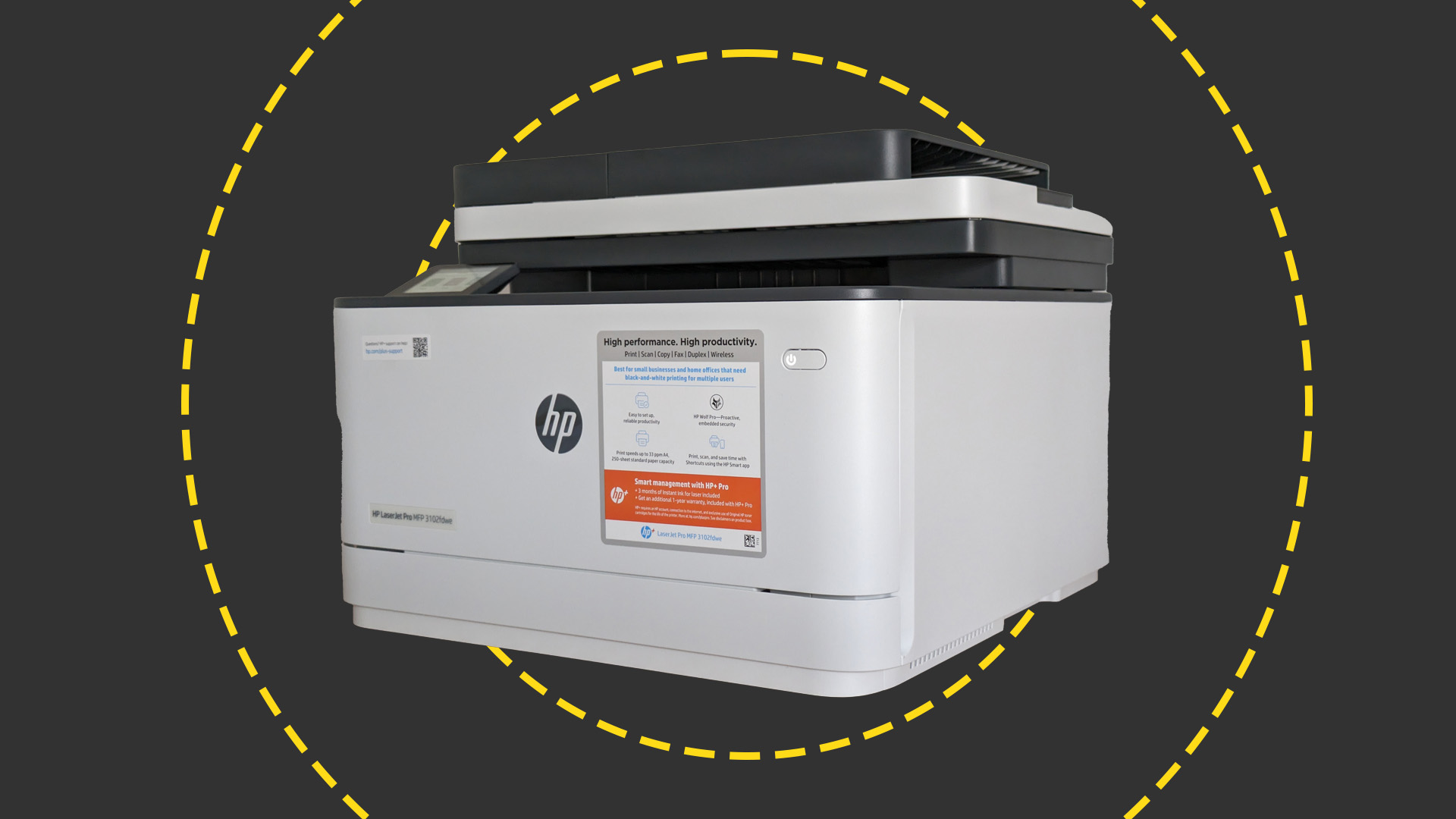 HP LaserJet Pro MFP 3102fdwe review: Hamstrung by high running costs and the restrictions of HP+
HP LaserJet Pro MFP 3102fdwe review: Hamstrung by high running costs and the restrictions of HP+Reviews hamstrung by high running costs and the restrictions of HP+
By Simon Handby
-
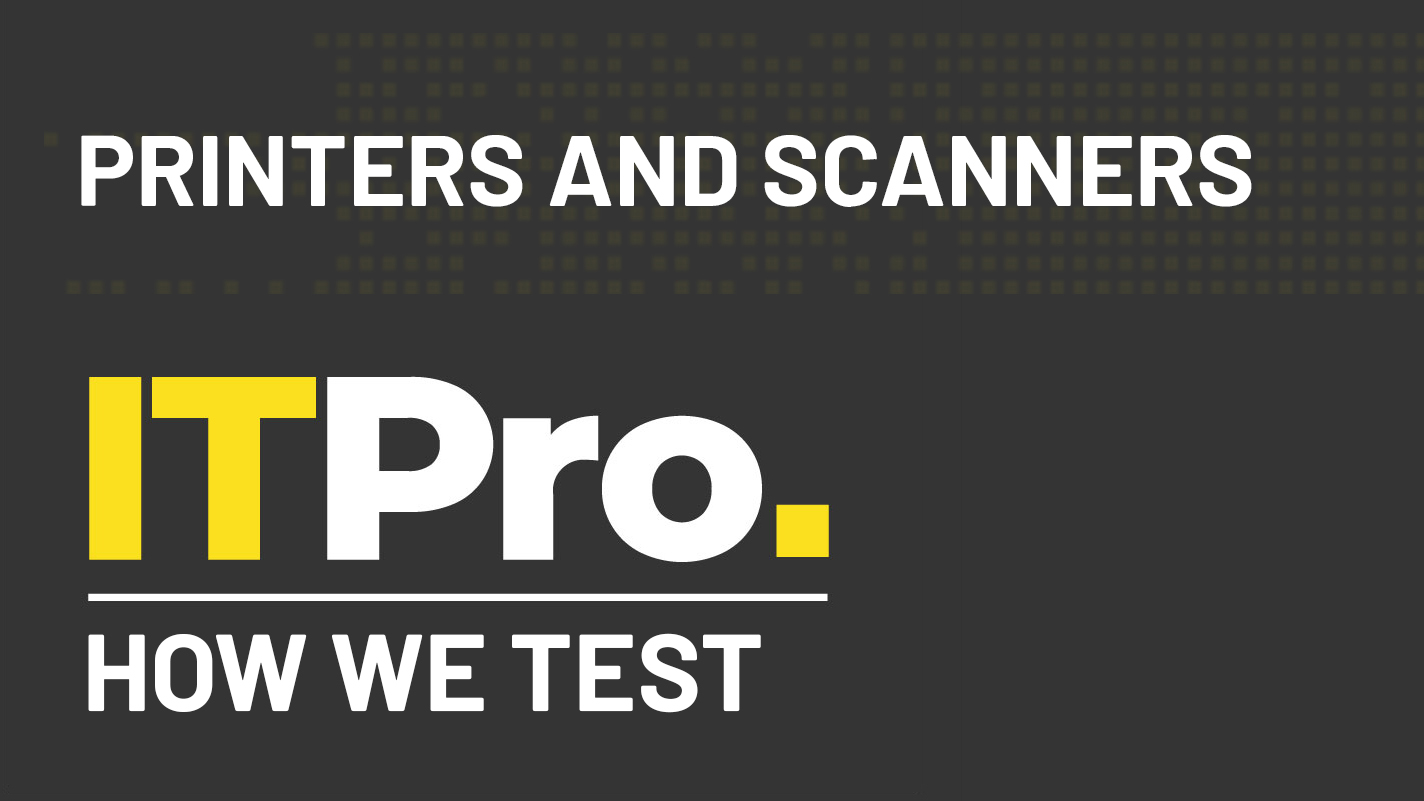 How we test printers and scanners
How we test printers and scannersReviews Everything you need to know about our benchmarking process for print devices
By IT Pro
-
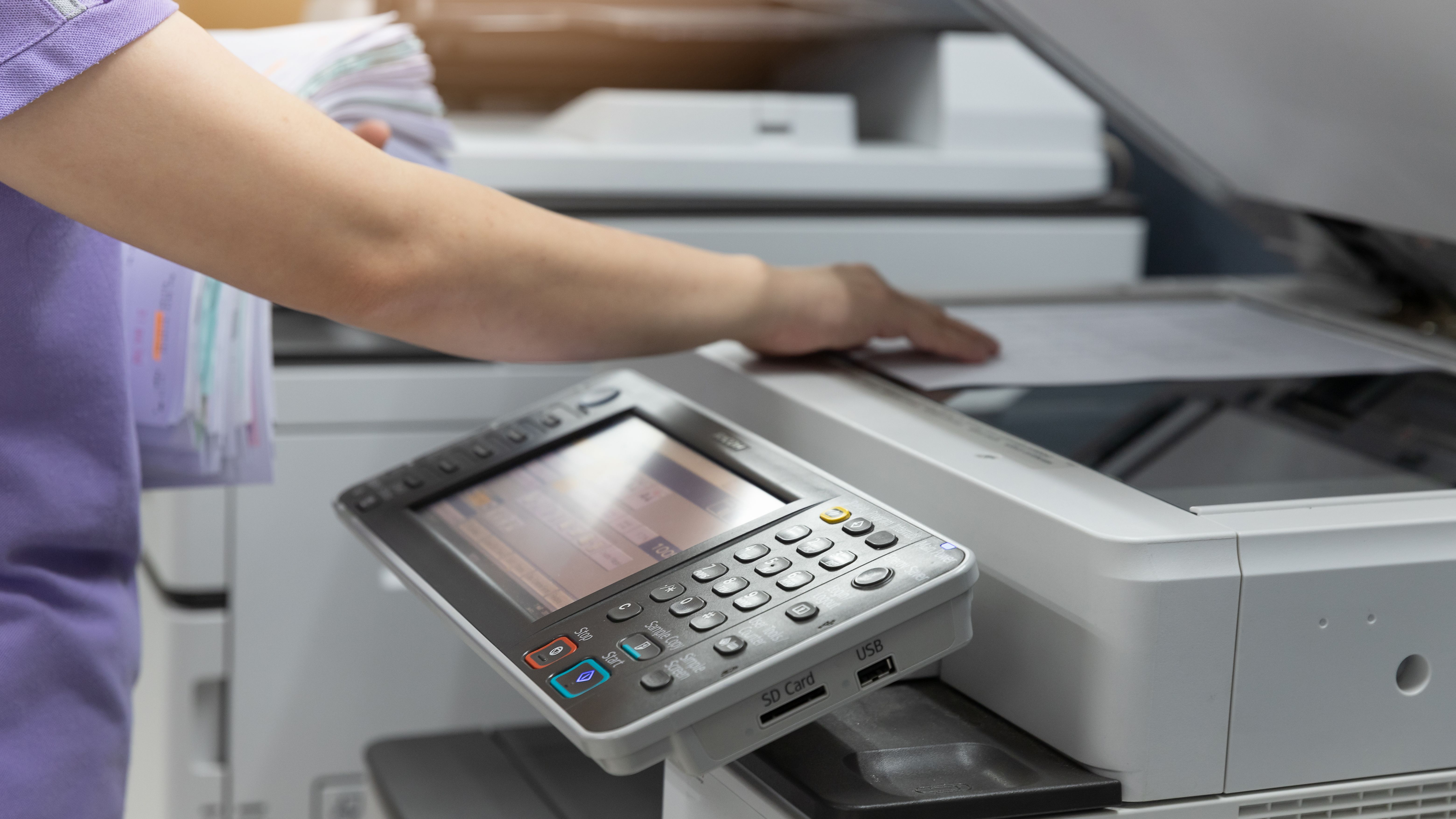 How do laser printers work?
How do laser printers work?In-depth If you’re scratching your head wondering how laser printers work, then we’ve got all the answers here
By Zach Marzouk
-
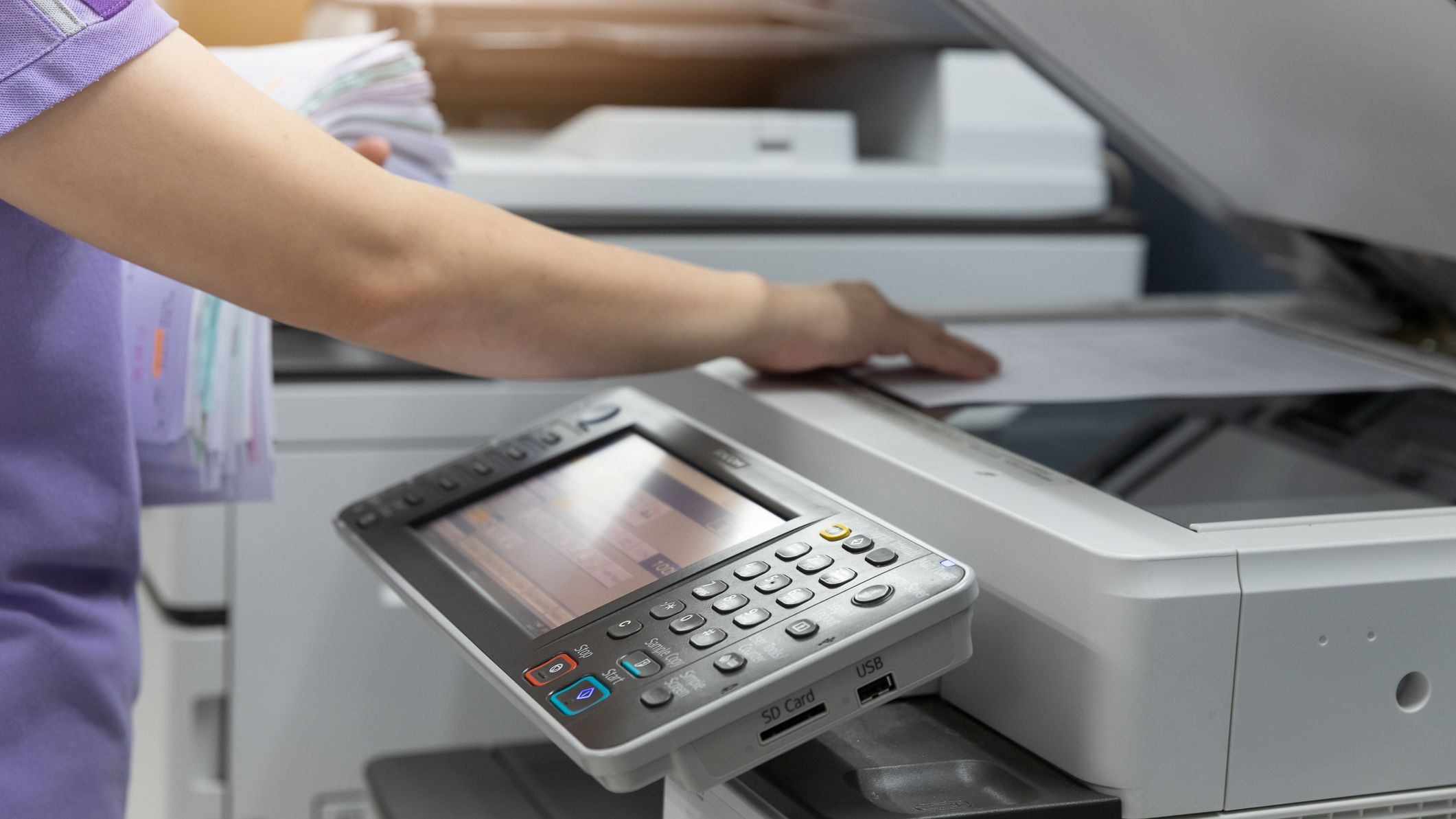 LED vs laser printers: Which is better for business?
LED vs laser printers: Which is better for business?In-depth Laser and LED printer technology is similar, but each come with their own unique benefits that could make them best for your company
By Rory Bathgate
-
 How to troubleshoot printers
How to troubleshoot printersTutorials Our guide to addressing some of the most common printer problems
By Lee Grant
-
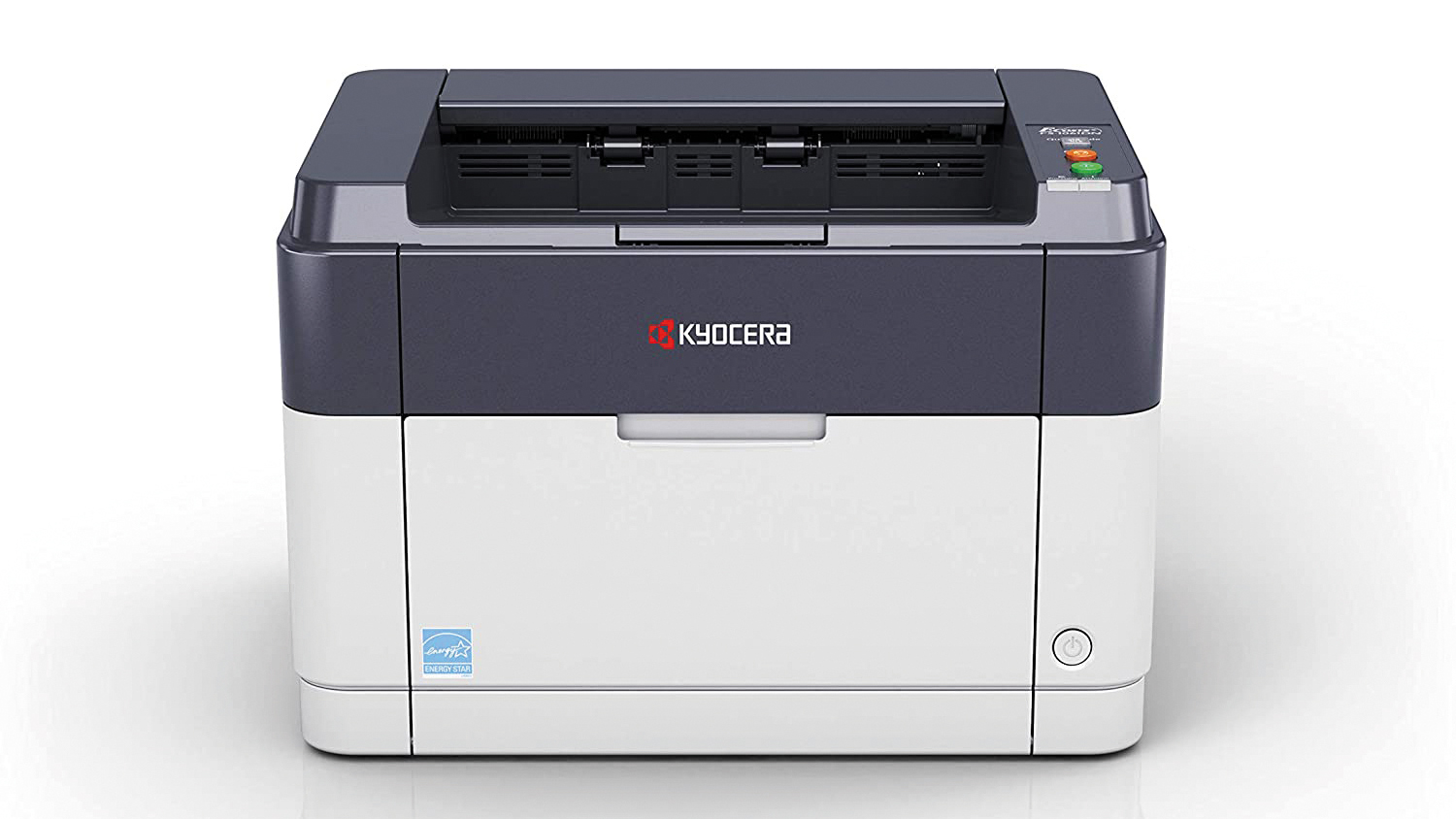 Kyocera Ecosys FS-1061DN review: Affordable, but uninspiring
Kyocera Ecosys FS-1061DN review: Affordable, but uninspiringReviews Kyocera’s FS-1061DN is a decent mono laser let down by slow and underwhelming graphical prints
By Simon Handby
-
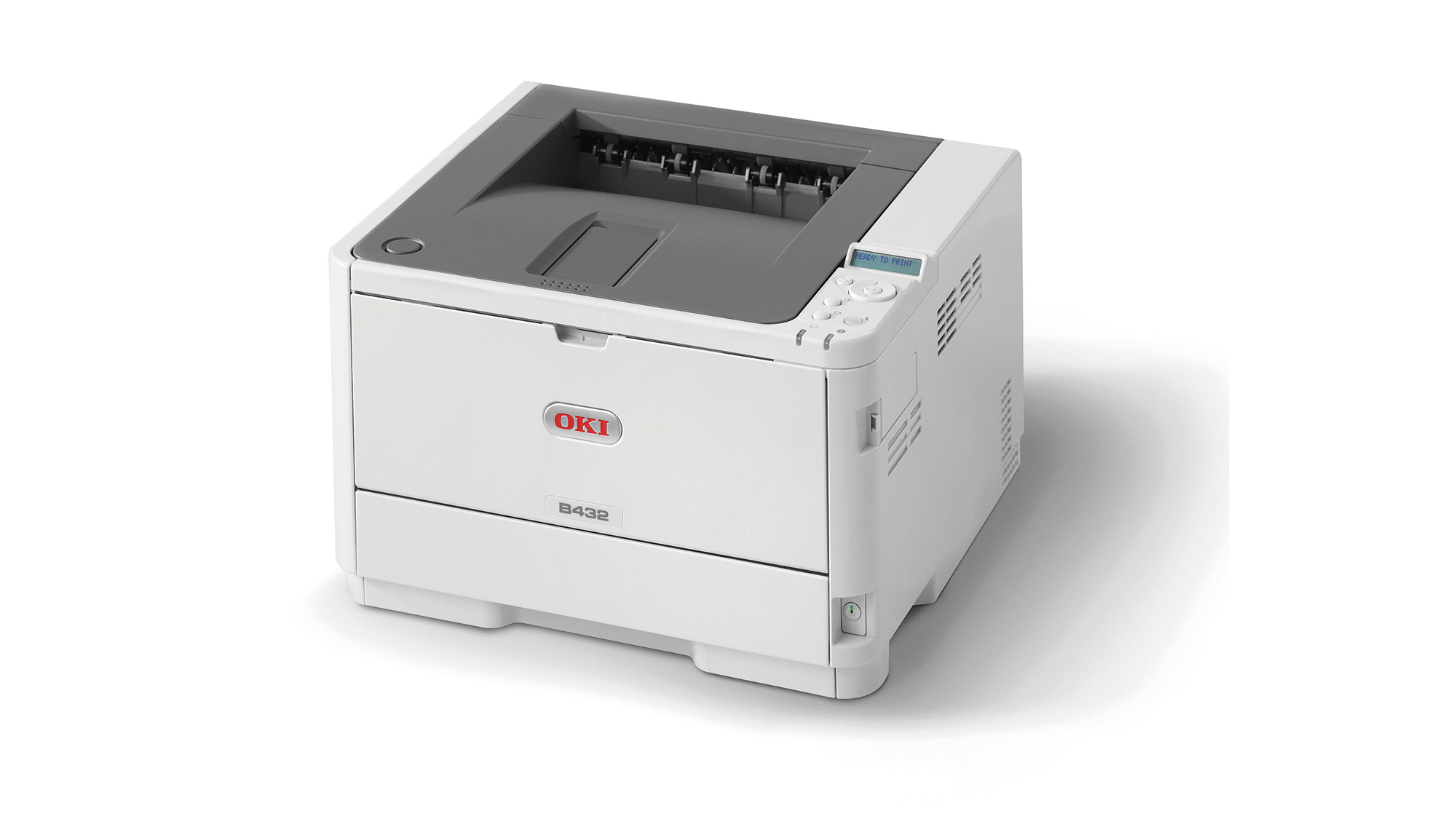
 Oki B432dn review: A masterful mono laser
Oki B432dn review: A masterful mono laserReviews There are plenty of reasons to feel affection for this powerful printer
By Simon Handby
-
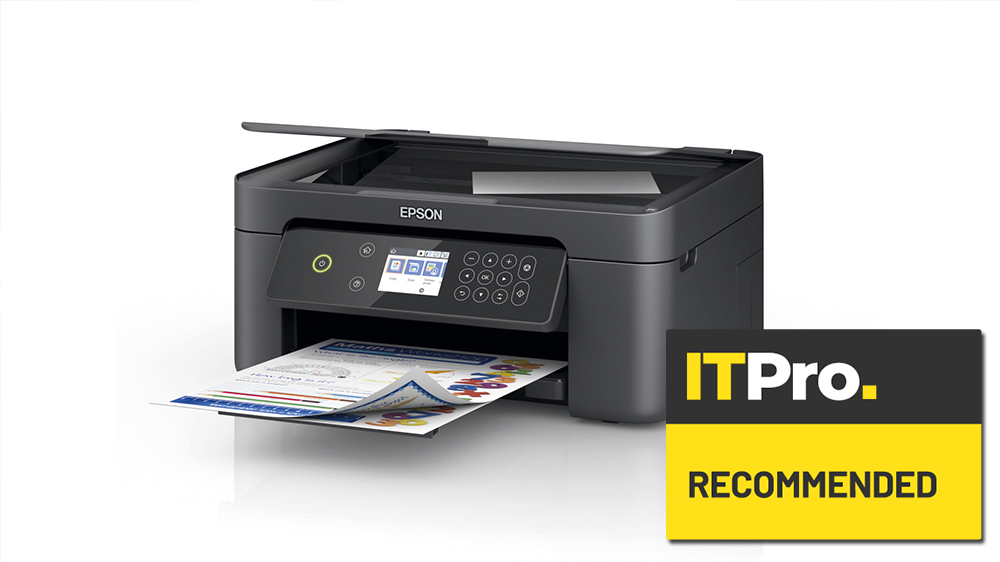 Best cheap printers: Office printing on a budget
Best cheap printers: Office printing on a budgetBest Getting a decent home office setup needn’t cost the earth. These are the best cheap printers you can buy
By Alan Martin
